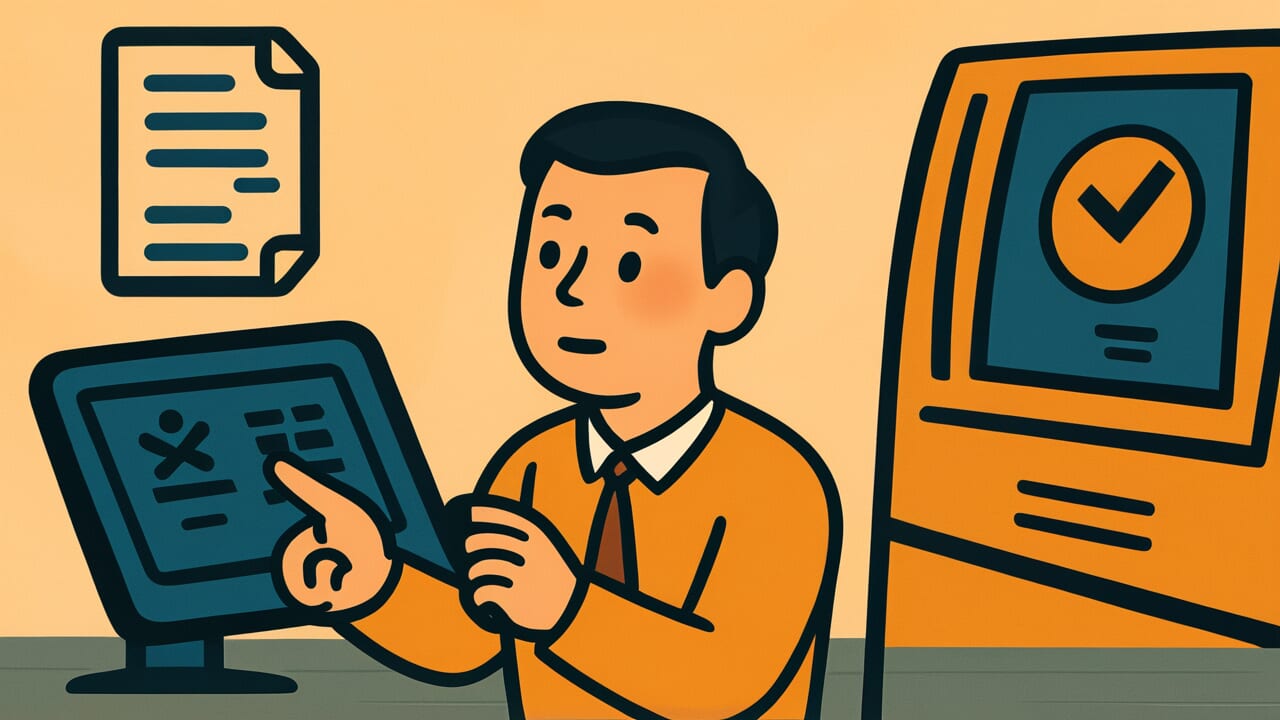How to Read “Don’t put off till tomorrow what you can do today”
Don’t put off till tomorrow what you can do today
[DOHNT put AWF til tuh-MOR-oh wuht yoo kan doo tuh-DAY]
Most words are straightforward. “Till” is short for “until.”
Meaning of “Don’t put off till tomorrow what you can do today”
Simply put, this proverb means you should complete tasks right away instead of waiting until later.
The basic message is about timing and action. When you have something to do, the best time is usually now. Putting things off might seem easier in the moment. However, this habit often creates bigger problems later on.
We use this wisdom in many daily situations. Students might delay homework until the night before it’s due. Workers sometimes postpone difficult phone calls or reports. People put off cleaning, exercise, or important conversations. The proverb reminds us that immediate action often saves time and stress.
What’s interesting about this wisdom is how it reveals human nature. Most people naturally want to avoid unpleasant tasks. We tell ourselves we’ll have more time or energy tomorrow. But tomorrow brings its own tasks and challenges. The proverb points out this common thinking trap that everyone falls into.
Origin and Etymology
The exact origin of this specific wording is unknown. However, similar advice appears in writings from many centuries ago. Ancient cultures understood the value of prompt action. The idea shows up in various forms across different languages and time periods.
During earlier times, delaying work could have serious consequences. Farmers who delayed planting might miss growing seasons. Craftspeople who postponed orders could lose customers. Communities that put off preparations for winter faced real danger. This practical wisdom helped people survive and thrive.
The saying spread through common use rather than famous books. Parents taught it to children. Teachers shared it with students. Workers passed it along to apprentices. Over time, the exact wording became standard. The message remained the same even as the words were polished into the version we know today.
Interesting Facts
The phrase uses a parallel structure that makes it memorable. Both halves follow the same pattern with “what you can do.” This repetition helps the saying stick in people’s minds. The word “till” is simply a shortened form of “until” that was commonly used in older English. The proverb appears in similar forms across many languages, suggesting the wisdom developed independently in different cultures.
Usage Examples
- Coach to athlete: “You keep saying you’ll start training harder next week – Don’t put off till tomorrow what you can do today.”
- Parent to teenager: “Your college applications are due soon but you haven’t started – Don’t put off till tomorrow what you can do today.”
Universal Wisdom
This proverb reveals a fundamental tension in human psychology between immediate comfort and long-term benefit. Our brains are wired to seek pleasure now and avoid pain now. This served our ancestors well when facing immediate physical threats. However, in complex societies, this instinct often works against us.
The deeper truth lies in how we experience time and effort. Tasks rarely become easier by waiting. Instead, they often grow more complicated or urgent. Meanwhile, the mental energy spent avoiding a task can exceed the energy needed to complete it. We carry unfinished business as psychological weight, even when we’re not consciously thinking about it.
What makes this wisdom universal is how it addresses the gap between intention and action. Every person experiences moments when they know what needs doing but resist doing it. This internal conflict appears regardless of culture, era, or circumstances. The proverb acknowledges this struggle while pointing toward a solution. It suggests that the discomfort of acting now is usually less than the discomfort of consequences later. This pattern holds true whether the task involves relationships, work, health, or personal growth.
When AI Hears This
Tasks left for tomorrow don’t just wait patiently. They actually become harder to do. The details you remember today start fading immediately. Your motivation weakens like a phone battery losing charge. What seemed simple this morning becomes confusing by next week.
Humans consistently ignore this invisible decay happening to delayed tasks. We imagine tomorrow’s version of ourselves will feel just as ready. But that future person inherits a more complicated mess. They must rebuild the mental setup we already have right now. It’s like expecting someone else to finish a half-built puzzle.
This reveals something beautiful about human optimism though. We genuinely believe our future selves will be more capable. This hopeful thinking helped our species survive impossible challenges. Sometimes delaying tasks actually works when conditions improve later. Our “flawed” habit of postponing things reflects deep faith in tomorrow’s possibilities.
Lessons for Today
Living with this wisdom requires understanding why we delay things in the first place. Most procrastination comes from fear, perfectionism, or feeling overwhelmed. Recognizing these feelings as normal human responses makes them easier to work with. The goal isn’t to eliminate these feelings but to act despite them.
In relationships, this wisdom applies to difficult conversations and small gestures alike. Addressing problems early prevents them from growing into bigger conflicts. Expressing appreciation or concern when you feel it strengthens connections. Waiting for the “perfect moment” often means missing opportunities to deepen relationships. The same principle works in reverse – apologizing quickly after mistakes prevents resentment from building.
For groups and communities, prompt action creates momentum and trust. When team members complete their parts on time, everyone benefits. When problems are addressed quickly, they don’t spread to affect others. However, this wisdom must be balanced with thoughtful planning. The key is distinguishing between necessary preparation and unnecessary delay. Most tasks benefit from quick starts even if they require ongoing refinement. This approach builds confidence and creates forward movement that makes completion more likely.



Comments